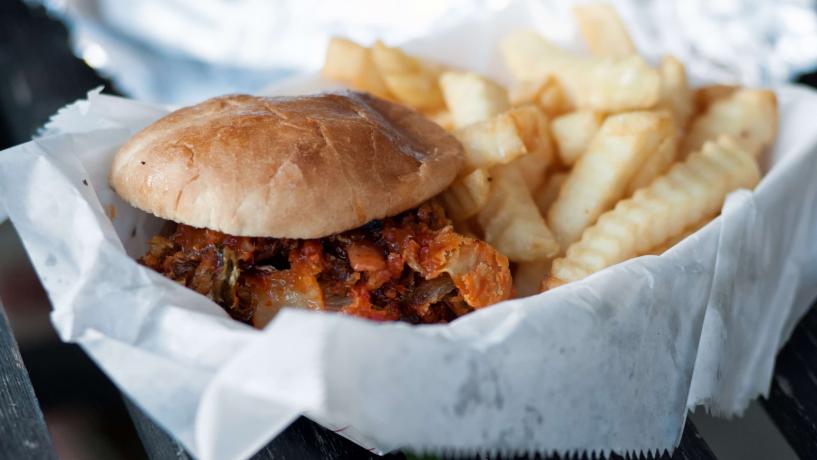
Imagine that you are drawn into a fast food business, led off the street by the heavenly smells. As you place your order, you begin to feel mildly concerned about the sticky floor, that you can’t see the back rooms of the kitchen, and that the staff look unclean.
When your food arrives, you find the starchy, wet potato chips are fused together by force of some unnatural power. The hard wheat bun weeps fluid, fecund with slivers of fresh cardboard meat. You examine the food for traces of subterfuge and to your disgust, you find a hair or a fingernail in it. Would you want to eat this food?
These are the myths that circulate about fast food businesses. These are what you want to fight. These are the rumours, whether true or not, that you want to prove beyond all doubt don’t apply to your food business.
Fast food businesses, especially, are notorious for breaches of food safety. After all, they are often franchises operating under the banner and name of a more famous brand. However, there are steps you can take as the Food Safety Supervisor to combat these myths and put your customers' minds at ease.
2 Hour / 4 Hour Rule
As the Food Safety Supervisor of a fast food business, your first and most important consideration should be how to manage the amount of time food is in the temperature danger zone (between 5°C and 60°C) to reduce chances of giving customers food poisoning.
In general, you should hold frozen food below -15°C, cold foods below 5°C, and hot foods above 60°C.
Your Food Safety Program should incorporate temperature control sheets that allow employees to monitor and record the temperatures of all fridges, freezers, hot food cabinets, etc. daily to ensure that food is preserved at safe temperatures.
The time for which food can be safely held between 5°C and 60°C is commonly referred to as the 2 Hour / 4 Hour Rule:
| Time between 5°C and 60°C | Action |
|---|---|
| 0-2 Hours | Use immediately, refrigerate below 5°C or keep hot above 60°C |
| 2-4 Hours (Danger Zone) | Use immediately or discard |
| Over 4 Hours | Discard food |
‘Use immediately’ means that the food must be sold and eaten within 2 hours, or else cooked or processed to eliminate any dangerous bacteria present in the food.
After a food enters the Temperature Danger Zone, it must be used within 2 hours or discarded. It cannot return to refrigeration or be reheated to 60°C or above unless it is intended for immediate consumption.
However, for peace of mind, you might like to ensure that food is not served to customers after one hour has elapsed after cooking.
However, for peace of mind, you might like to ensure that food is not served to customers after one hour has elapsed after cooking.
Deep Frying
If your business operates a deep fryer, you must replace the oil at least weekly, and filter it at least every two days, as old or contaminated oil can ignite at much lower temperatures and increase risks of fire.
If you are the business owner or Food Safety Supervisor of a fast food business, don’t fall into the trap of letting food safety slide. Just because a business serves fast food doesn’t mean that food is of inferior quality or has poor standards of hygiene.
To discover more tips for managing food safety in a food business, read our Food Safety Supervisor Guide to Building a Food Safety Program.




